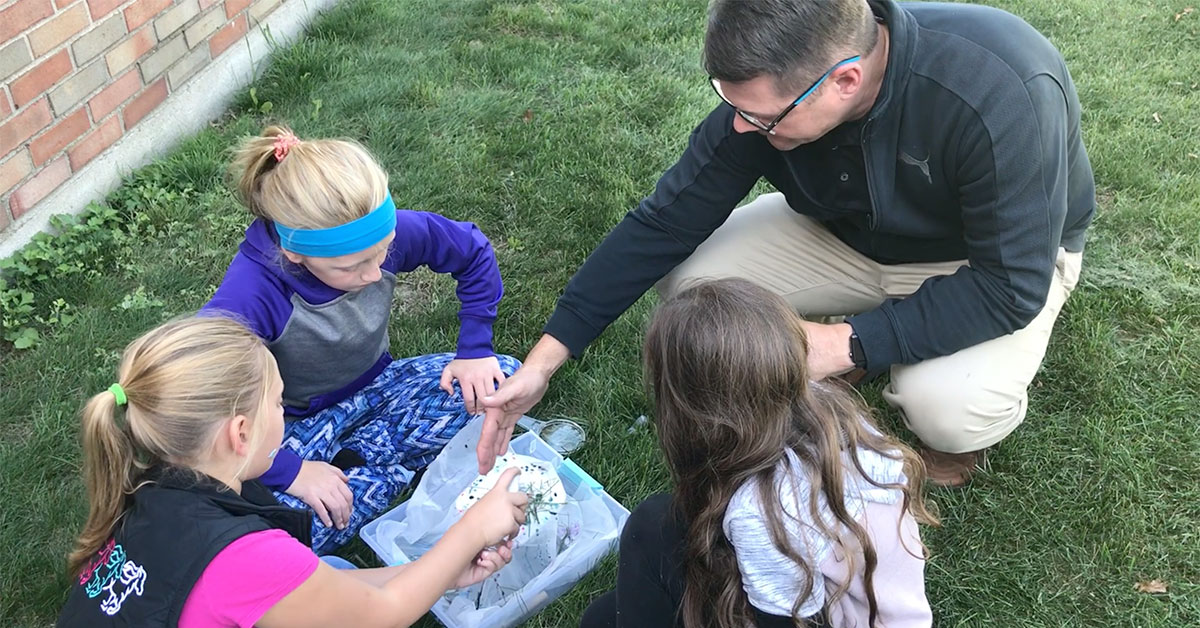Everybody’s different.
We say it and, on some level, we understand it. But in a world of limited time and scant resources, we often can’t treat everybody like they’re different. We need the simplest adequate solution.
When it comes to motivating our students, that often means we resort to extrinsic motivators. I know I do. Early in my teaching tenure, I discovered that Prize Paper Clips would get students to do just about anything you’d want, and I tried like crazy to leverage that awesome power to help them learn.
So I recognize that bribery will always have a place in education. But the more we learn about motivation, the more we realize that extrinsic rewards must be used very carefully. Indiscriminate use of carrots and sticks can stunt the development of the sort of innate, intrinsic motivation that allows students to live fully, flourishing lives.
New Ideas and New Motivation
Thankfully, the field of education is taking cues from diverse fields and developing practical strategies for cultivating intrinsic student motivation. We’re discovering straightforward and effective ways to differentiate the strategies we use to suit the individual needs of our students. And we’re achieving great short-term and long-term success in cultivating self-motivated students who are willing and eager to take the wheel and drive their own learning.
Here’s How
Humans are motivated by four fundamental drives: Relatedness, Autonomy, Mastery, and Purpose. Each of us is motivated by some of these more strongly than others; in a sense, it’s analogous to the Five Love Languages popularized by Gary Chapman. Throughout our lives, the degree to which each Drive Language resonates with us might wax or wane, but at any particular moment, we are driven by a combination of these four desires.
When we speak the language of Relatedness, we love to know that we belong. We are interested in how we fit with a group, and in knowing that we have an important role to play in a community.
People who speak the language of Autonomy are more interested in freedom. They love to go their own way and do their own thing; they are individualistic and creative.
Mastery is the language which emphasizes accomplishment. People who speak the language of Mastery are goal-oriented and love to strive after difficult goals. They love the feeling of a job well done — not for any accolades it earns them, but simply because they love knowing that they did it right. These individuals are often high-achievers and frequently succeed in traditional classrooms.
If the language of Relatedness wonders how you can contribute to a group, the language of Purpose asks how you can contribute to a cause. People who speak the language of Purpose are idealists; they are able to value abstract concepts such as honesty, honor, and justice, and frequently inspire others with their lofty example.
How Are You Speaking?
As teachers, we can use an understanding of Drive Languages to individualize the ways in which we work to cultivate student intrinsic motivation. Some motivational strategies resonate more strongly with particular Drive Languages than others; by customizing our approach to Drive Language in which a student is most fluent, we can have a more powerful and personalized effect.
Furthermore, thinking intentionally about differentiating the way in which we motivate our students can help us avoid our own biases. We have a tendency to empathize with the Drive Language we speak; to connect with students who have different motivations, we can think systematically and intentionally about meeting them where they are.
Keep Learning
But how? How can we tell what Drive Language a student speaks? And which strategies pair best with each of the Drive Languages?
I’m glad you asked. Just follow this link for a powerful Drive Language resource that includes a Drive Language questionnaire to take yourself or share with students, as well as a whole suite of teacher-tested strategies specific to each Drive Language. You can also watch our latest webinar and pick up 7 Tips for Creating Student-Driven Classrooms.

